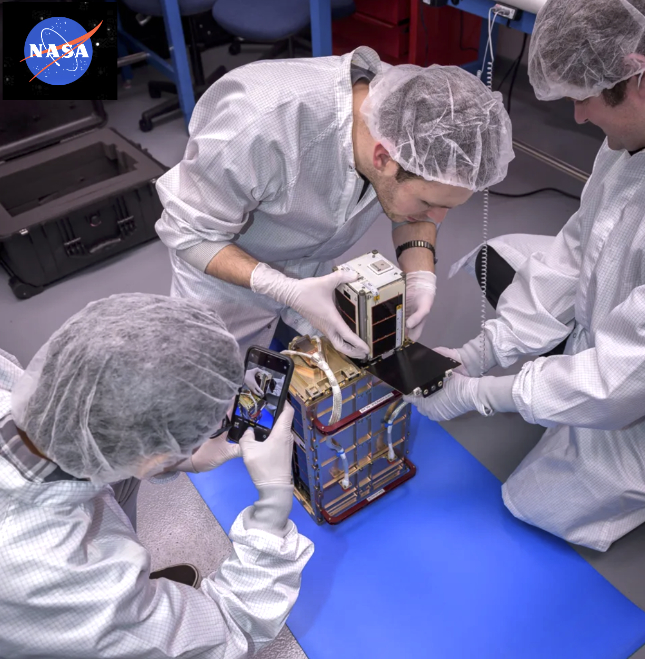
NASA’s PY4 mission’s four CubeSats launched on Monday, March 4, at 2:05 p.m. PST, to LEO aboard SpaceX’s Transporter-10 mission from Vandenberg Space Force Base in California.
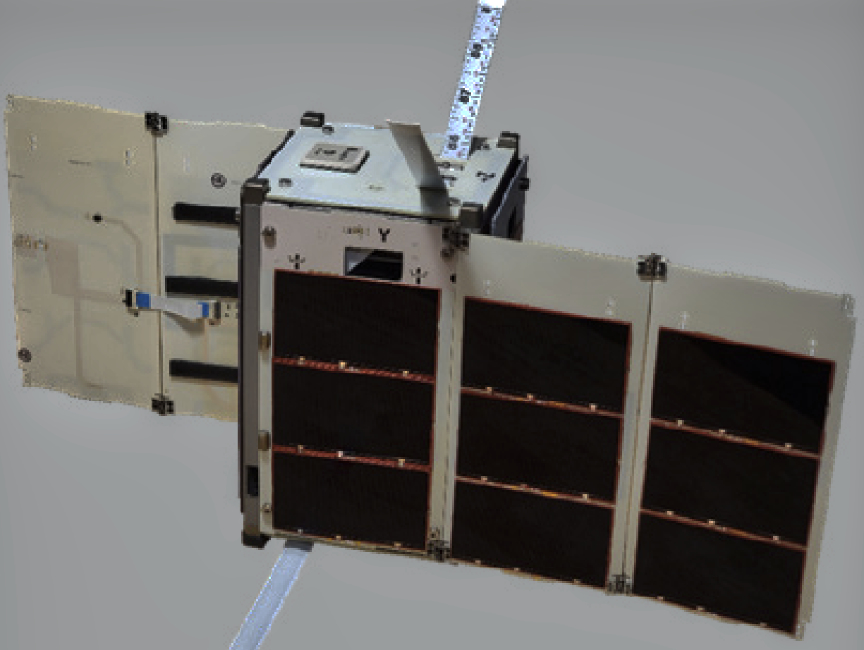
Credits: Max Holliday, NASA Ames
Led by Carnegie Mellon University in Pittsburgh and funded by NASA’s Small Spacecraft Technology program, PY4 seeks to demonstrate spacecraft-to-spacecraft ranging, in-orbit navigation, and coordinated simultaneous multi-point radiation measurements at low size, weight, power, and cost. It uses a unique avionics platform called PyCubed that integrates power, computing, communications, attitude determination, and orbit control functionalities into a single board system. The PyCubed system is also open-source, programmable entirely in the Python programming language and uses affordable commercial off-the-shelf components.
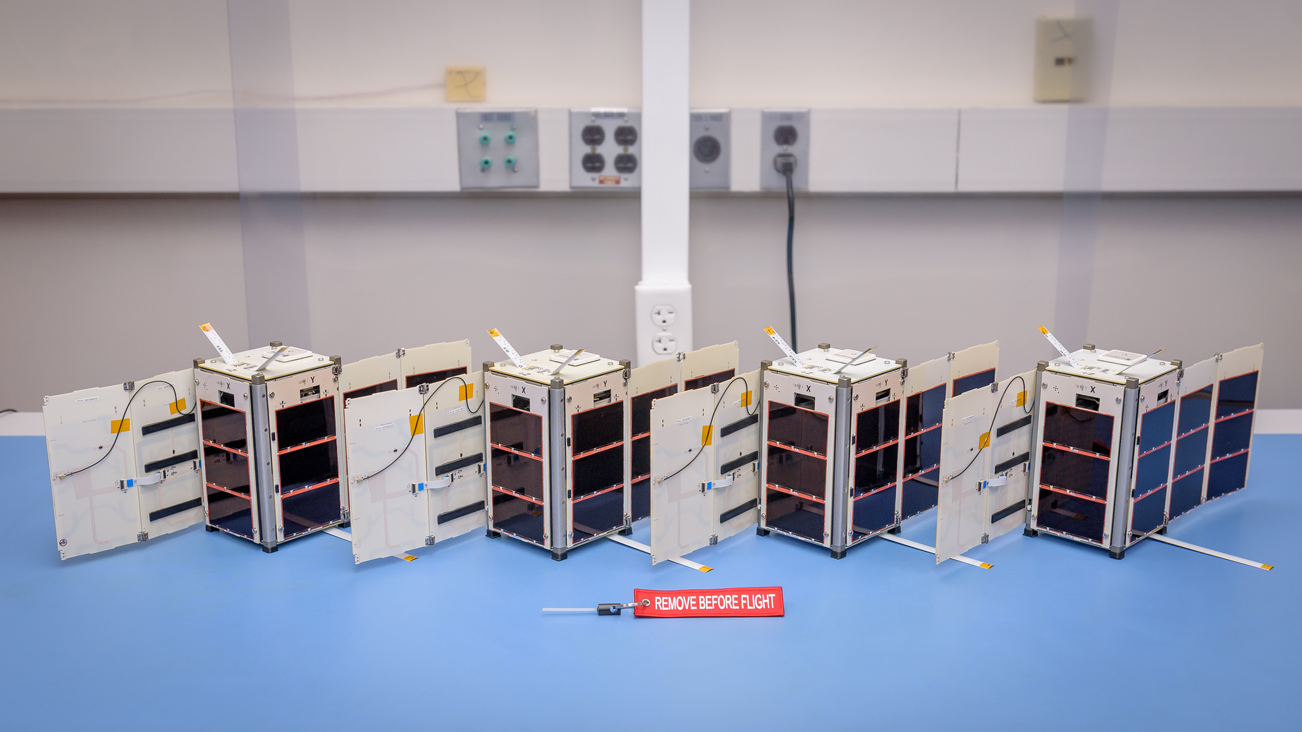
Once in orbit at more than 325 miles above Earth, the spacecraft will periodically measure their relative distances. These range measurements provide information about the spacecrafts’ positions relative to each other, and when combined with other sensor data, can be used to determine the configuration of the swarm. Advancing these capabilities could decrease the workload for operators on the ground while enabling multi-spacecraft missions at an accessible price point. The PY4 platform was previously used in demonstrations of the V-R3x technology, both in orbit and in a suborbital flight test on a commercial high-altitude balloon with NASA’s Flight Opportunities program. Those initial tests helped researchers evaluate PY4’s functionality ahead of this larger demonstration mission.
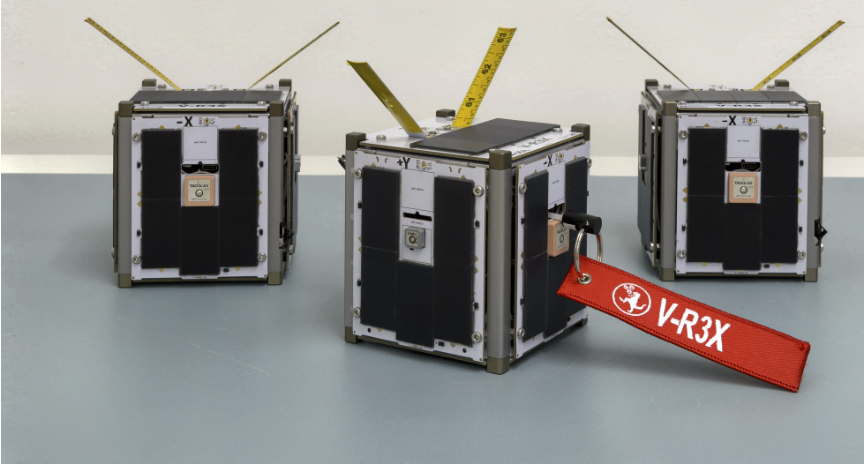
In addition to the PY4 demonstration, NASA is also testing critical swarming technologies via the agency’s ongoing Starling mission that launched in 2023. PY4 could dramatically reduce the cost of small spacecraft swarming capabilities and make demonstrating technologies like the autonomous navigation system tested via Starling more widely accessible by offering a flight-ready hardware and software platform.
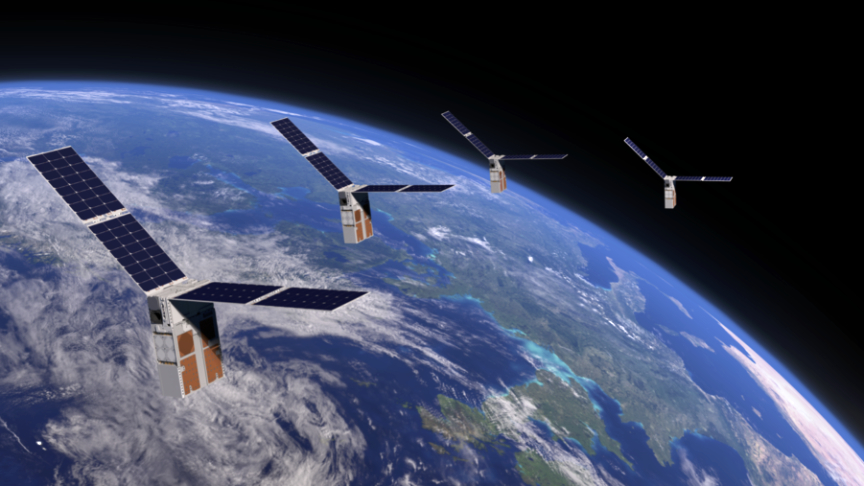
In the top image, engineers at NASA’s Ames Research Center in California’s Silicon Valley insert the mission’s four spacecraft into their dispenser supplied by Maverick Space Systems of San Luis Obispo, California, in preparation for vibration testing. Each of the one-and-a-half-unit (1.5U) CubeSats measure about 4 inches x 4 inches x 6.5 inches. The spacecraft were later transported to SpaceX for integration on the Falcon 9 rocket in preparation for launch.
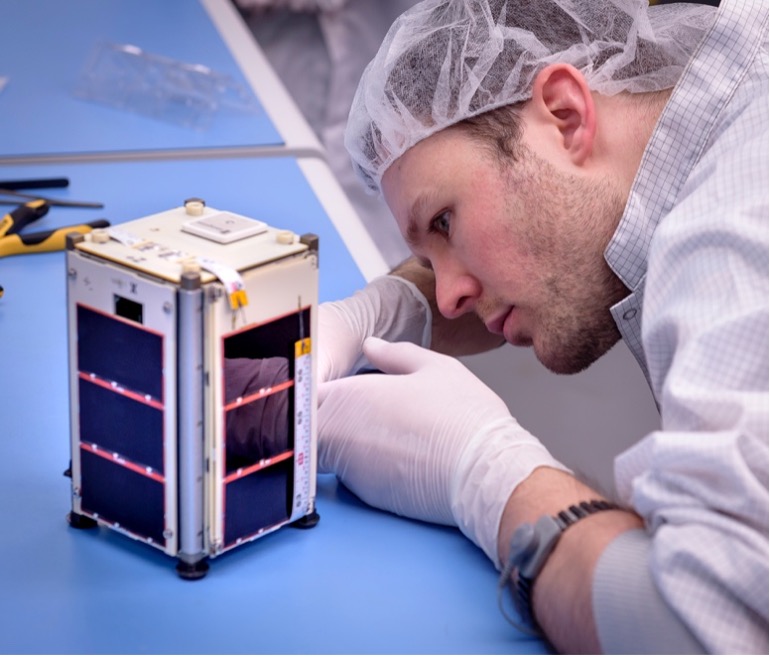
PY4 is led by the Robotic Exploration Laboratory at Carnegie Mellon University with funding from the Small Spacecraft Technology program at NASA’s Ames. The Small Spacecraft Technology program expands the ability to execute unique missions through rapid development and demonstration of capabilities for small spacecraft applicable to exploration, science and the commercial space sector. Engineers at NASA Ames supporting the Small Spacecraft Technology program aided the assembly, testing, and integration of the four PY4 spacecraft as well as their delivery to Maverick Space Systems – the PY4 mission’s launch integrator.
This article authored by Chloe E. Truck, NASA
